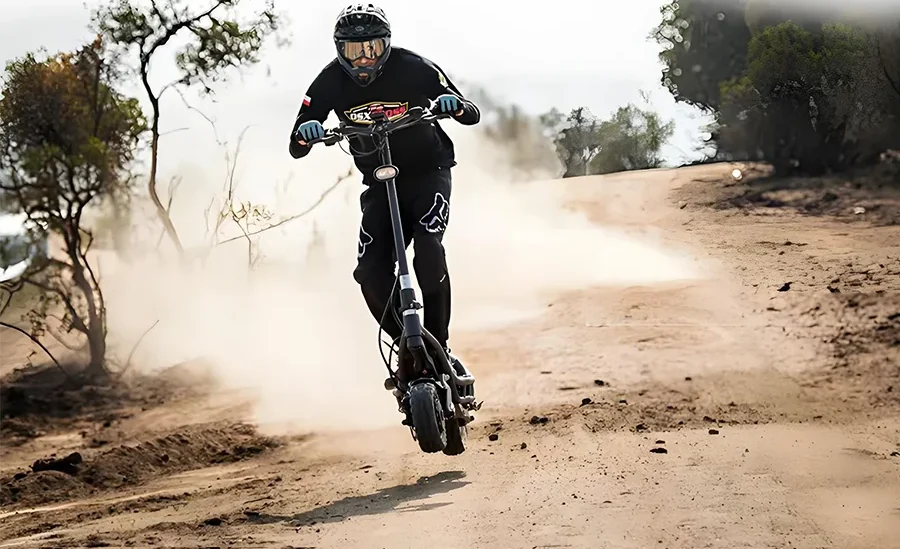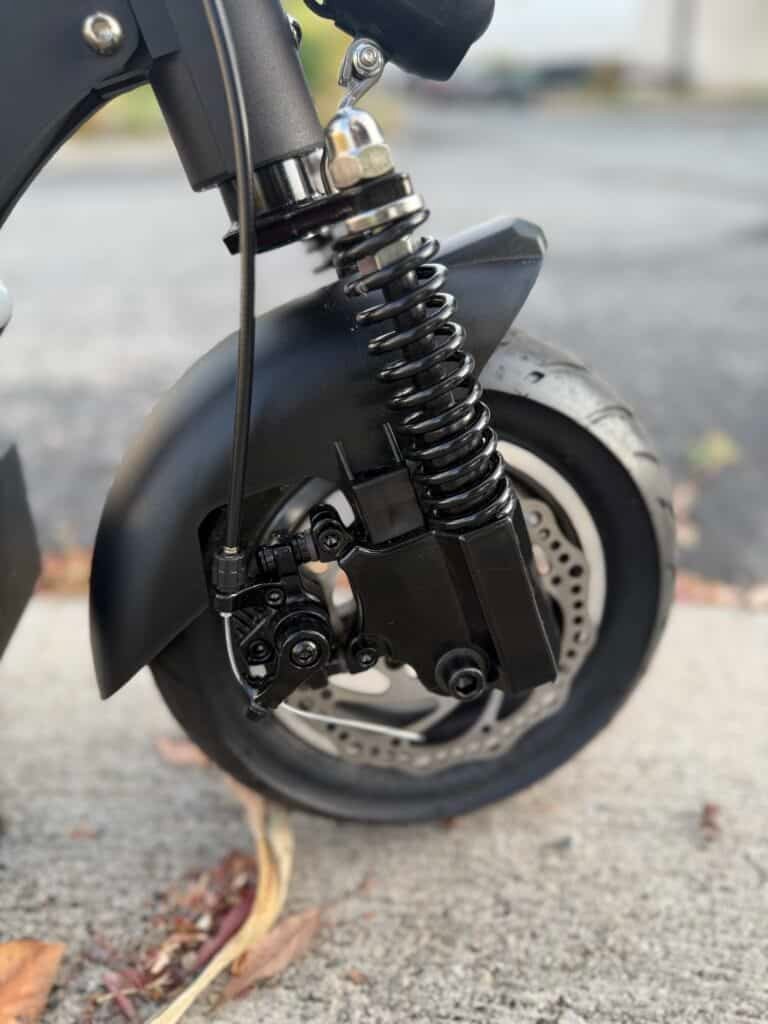Can electric scooters go uphill?
Electric scooters are fun and efficient—until you're stuck halfway up a hill. Many riders hit this wall (literally and figuratively), wondering why their ride stalls when the road gets steep.
Yes, electric scooters can go uphill—but only if they're built for it. The motor power, weight load, terrain, and weather conditions all decide whether your scooter climbs like a goat or quits halfway up.

If your scooter slows to a crawl or refuses to move uphill, you're not alone. This is one of the most common questions I get from new scooter owners. Let me walk you through why this happens and what you can do about it.
Why won’t my electric scooter go uphill?
It’s frustrating when your scooter suddenly feels like a paperweight on a hill. But don’t blame the hill just yet.
If your scooter won’t climb, it’s likely because of weak motor power, heavy rider load, steep incline, or bad road conditions. Check your scooter’s climbing angle and motor wattage to see if it was ever meant to handle hills.

Let’s break it down. Most low-power scooters have a motor under 350W. These are great on flat roads, but almost useless on hills. They lack the torque to push against gravity. If you’re heavier than average or carrying bags, this just makes things worse. Add wind or wet roads, and now you’ve got a perfect storm for stalling. If the incline is above 10°, most standard scooters will start to struggle.
Which scooter can go uphill?
Some scooters handle hills like champs. You just need to know what to look for.
Look for scooters with high wattage (at least 800W), large batteries, and climbing ratings of 25° or more. For example, the JUESHUAI X60 is a high-power model that can handle 30–40° inclines, even with heavy riders.

What makes a scooter good at climbing?
Here’s a quick comparison of what to check when looking for a hill-ready scooter:
| Feature | Basic Scooter | Hill-Climber |
|---|---|---|
| Motor Power | 250W–350W | 800W–2000W |
| Climbing Angle | ≤10° | 25°–40° |
| Battery Voltage | 36V | 48V–60V |
| Torque | Low | High |
| Wheel Grip | Basic | Strong tread |
If you’re planning to ride uphill often, don’t buy a flat-road model. Choose something with real power. The JUESHUAI X601, for example, uses dual motors and a high-torque system, making it capable of smooth uphill rides even on mountain roads.
What affects the climbing ability of electric scooters?
You might have a powerful scooter—but it still might not climb like you expect. Why?
Scooter climbing power depends on rider weight, road conditions, motor specs, wind direction, and incline grade. Even strong scooters struggle if these conditions aren't right.

Let’s look at each factor in detail:
Rider Weight
Heavier riders increase the load on the motor. If your scooter can barely handle 75kg on flat roads, it will struggle uphill with a 90kg rider.
Terrain
Wet or slippery surfaces reduce traction. Your tires may spin instead of gripping the ground. Gravel or dirt paths make this worse.
Wind
Uphill riding against strong headwinds adds invisible resistance. It’s like climbing with someone pulling you back.
Incline
Even the best scooter has a limit. A 10° hill is manageable for most mid-range scooters. A 30° hill? Only high-torque models with dual motors should attempt that.
Scooter Specs
Voltage, motor wattage, and torque ratings are the core specs to look at. More volts = more speed and power. More torque = better uphill performance.
| Factor | Impact on Climbing | How to Optimize |
|---|---|---|
| Rider Weight | High | Avoid overloading |
| Road Type | Medium | Stick to dry pavement |
| Wind | Medium | Ride on calm days |
| Motor Wattage | High | Use 800W+ motors |
| Incline Grade | High | Know your scooter’s limits |
How to enhance the climbing ability of electric scooters?
You might already own a scooter. Maybe it’s not a hill monster—but you still want better performance.
To improve climbing ability, reduce weight load, ride in dry conditions, upgrade to grippy tires2, and avoid steep hills beyond your scooter’s design. The best upgrade is to start with a high-powered scooter3 made for climbing.

What can you do?
1. Lighten the Load
Carry fewer items. Every extra kilo cuts your uphill power.
2. Upgrade Tires
Switch to all-terrain tires with better grip. This avoids slippage on wet or loose roads.
3. Ride Smart
Plan your routes. Avoid steep hills. Choose gradual inclines. Ride when it’s dry and calm.
4. Check Your Battery
Low battery = less power. Always climb with at least 70% battery to avoid power loss mid-hill.
5. Choose the Right Scooter
If you ride hills regularly, invest in a scooter that’s built for it. My customers who pick high-power models like the JUESHUAI X60 always report better climbing results.
| Action | Benefit |
|---|---|
| Lighter backpack | Less motor strain |
| Dry weather rides | Better traction |
| Tire upgrade | Less slippage |
| Avoid steep hills | Prevent motor burnout |
| Full battery | Maximum torque output |
Conclusion
Electric scooters can go uphill—but only if they’re built for it. Know your terrain, your specs, and your weight limits, and pick a model like JUESHUAI X60 if hills are part of your daily route.
Table of Contain
-
Explore the JUESHUAI X60 to understand its powerful dual motors and high-torque system, perfect for uphill rides. ↩
-
Understanding the impact of grippy tires can help you make informed choices for better traction and safety while riding. ↩
-
Exploring this resource will provide insights into how high-powered scooters enhance climbing performance and overall riding experience. ↩






